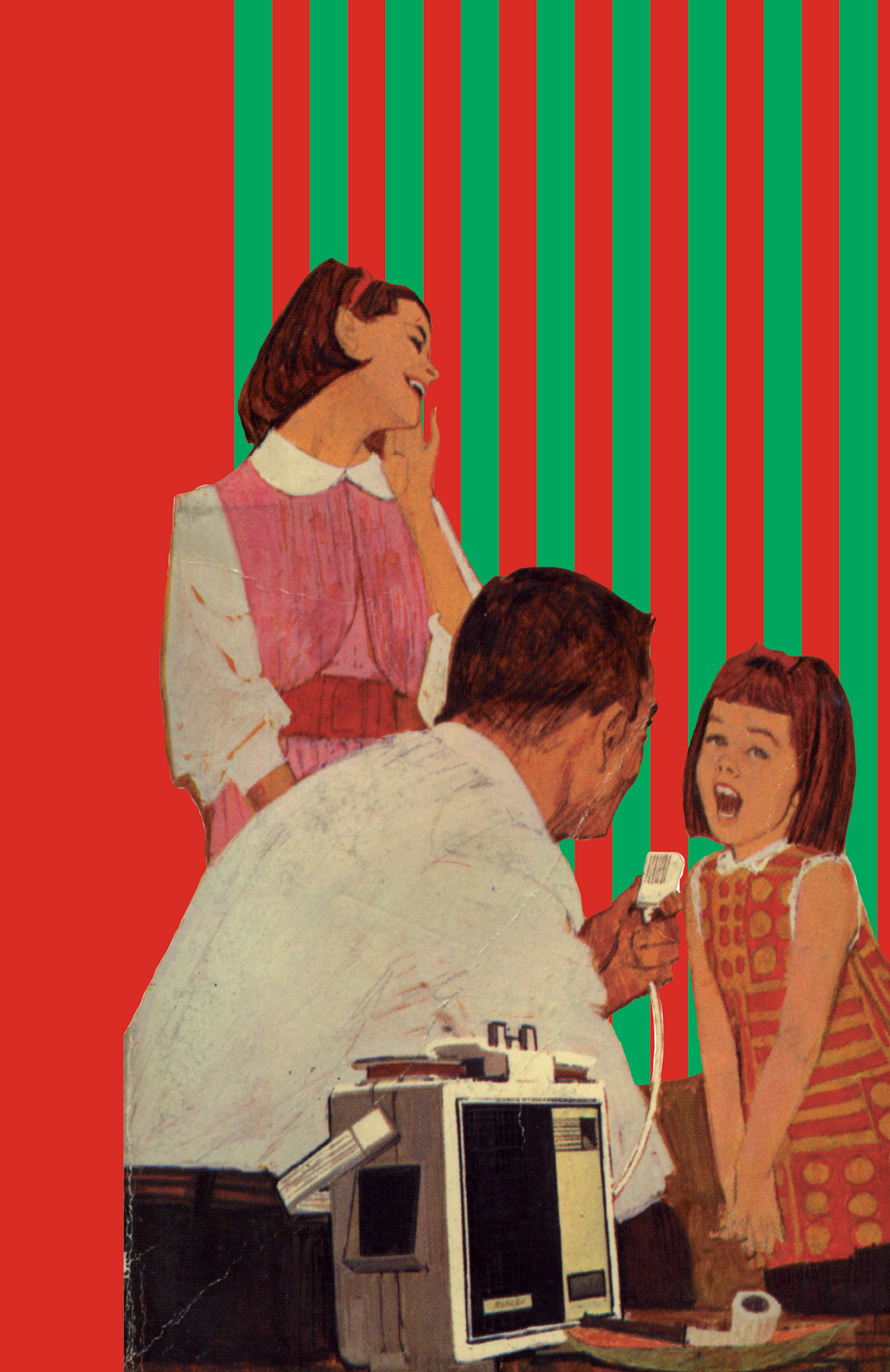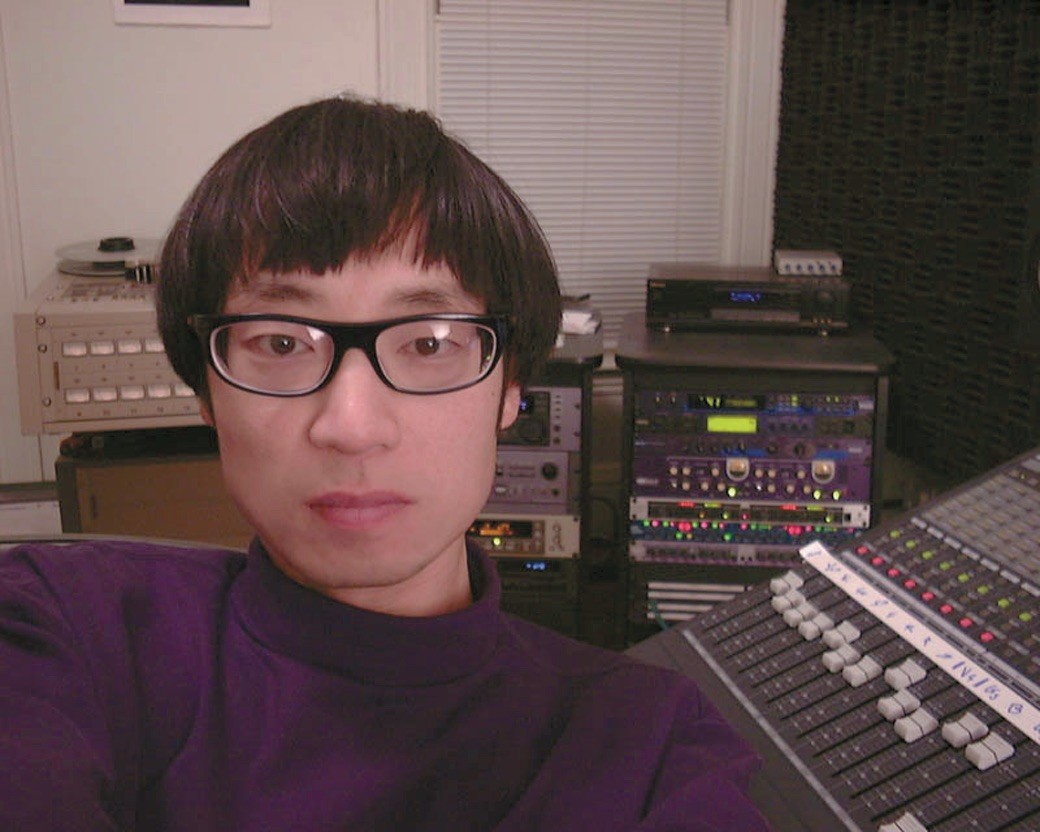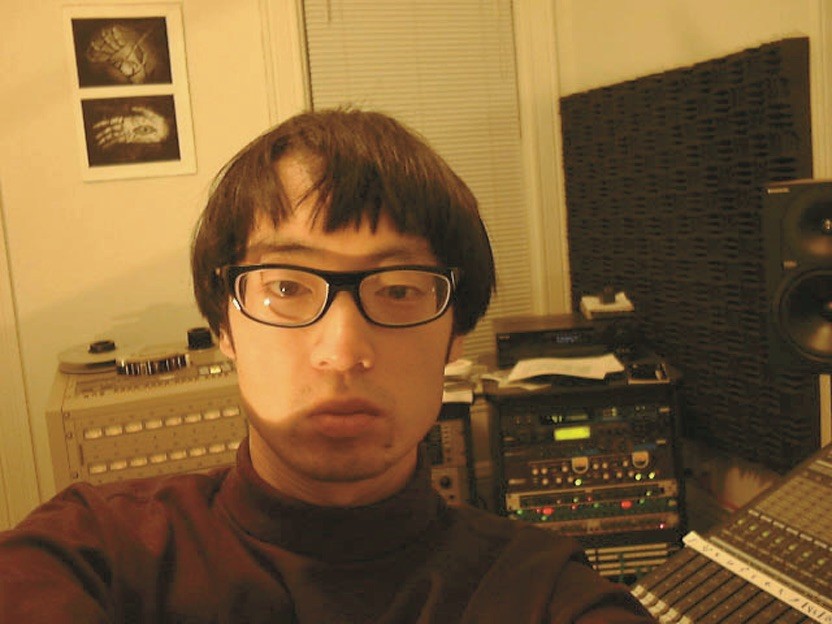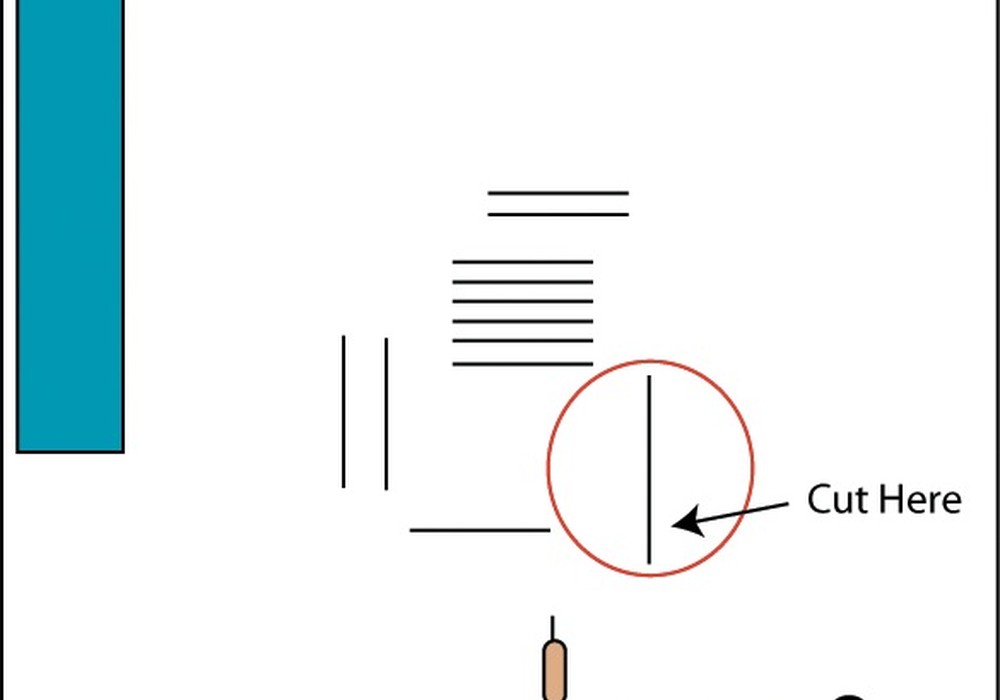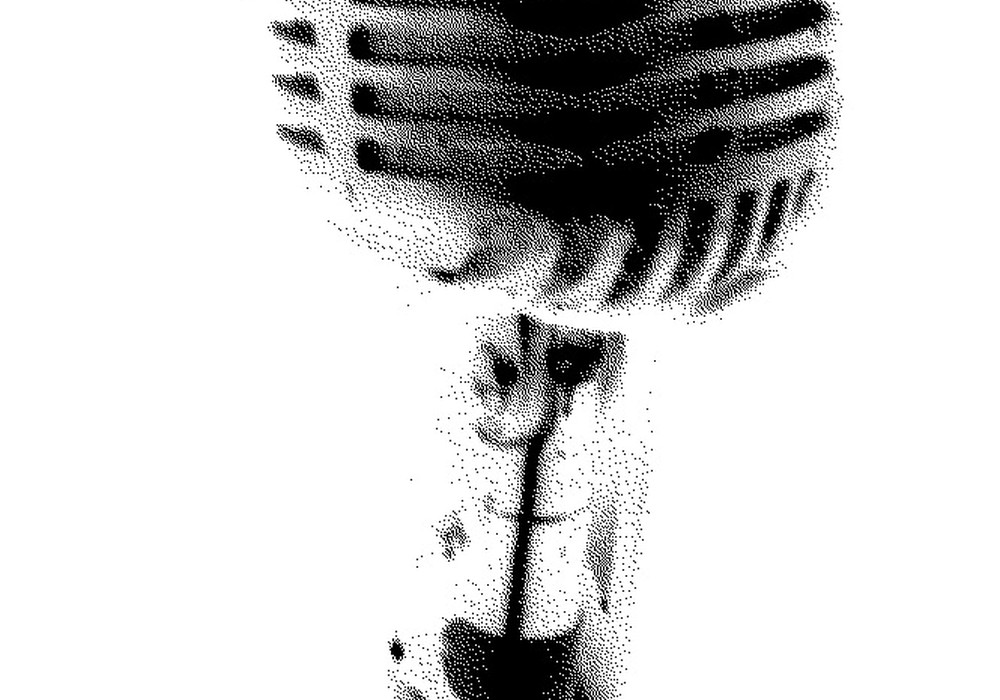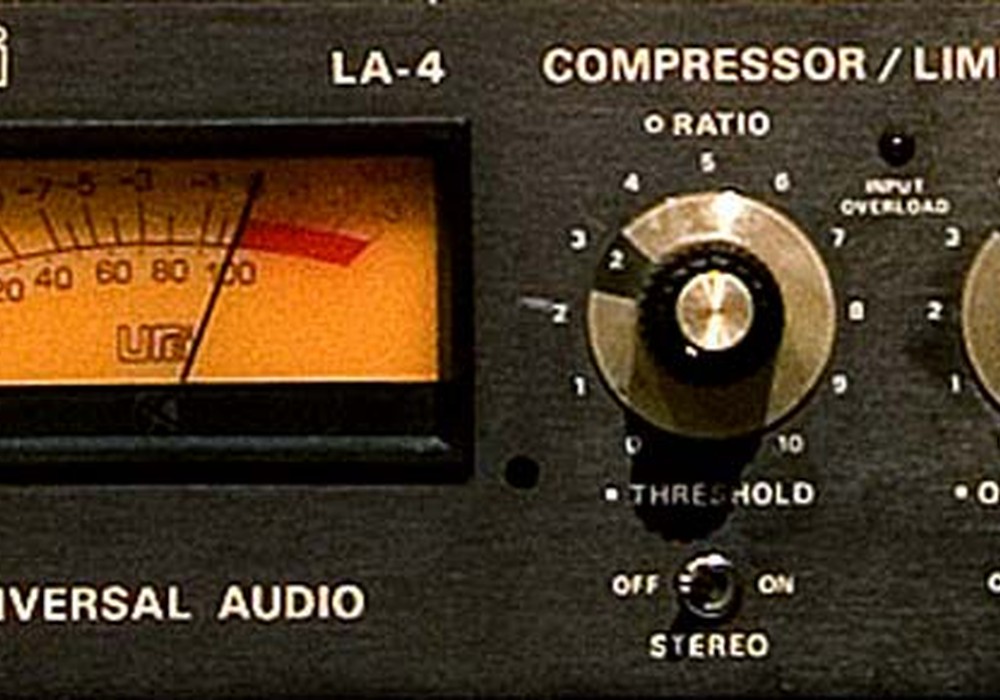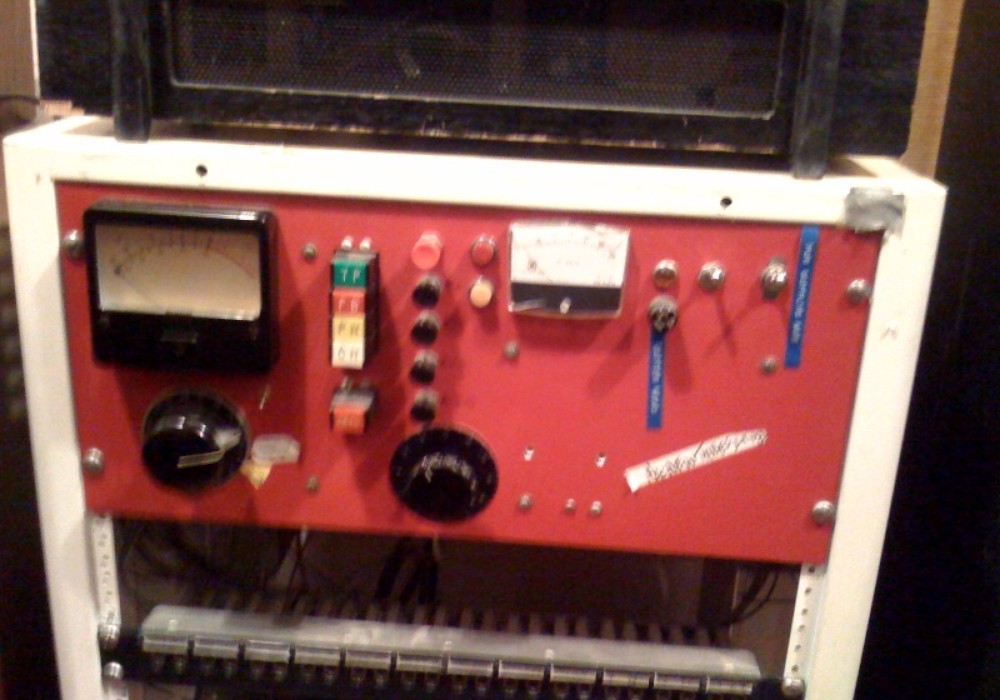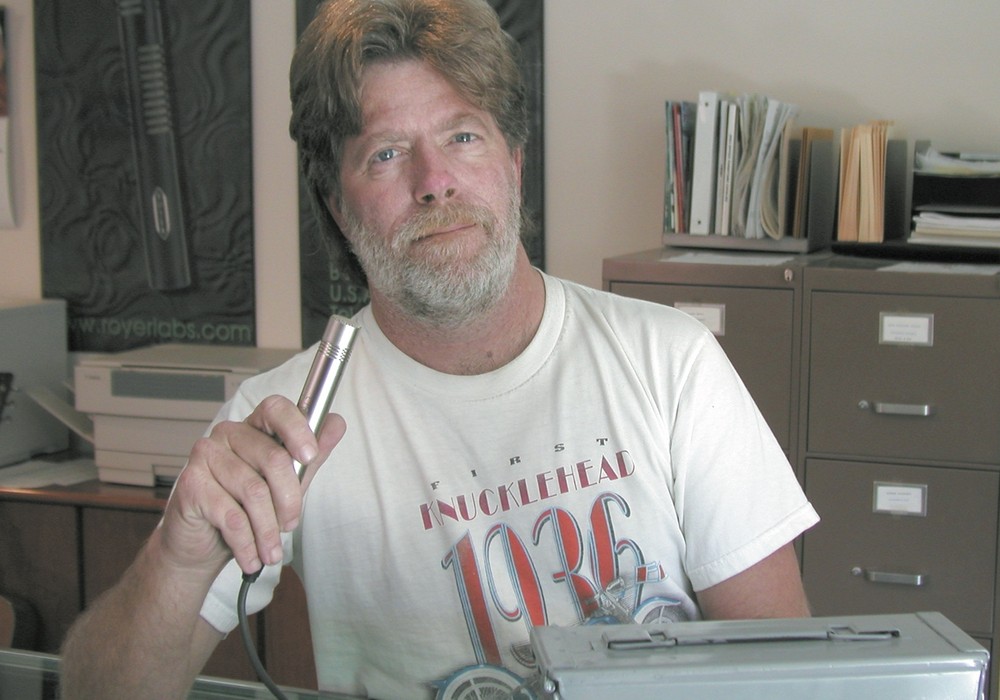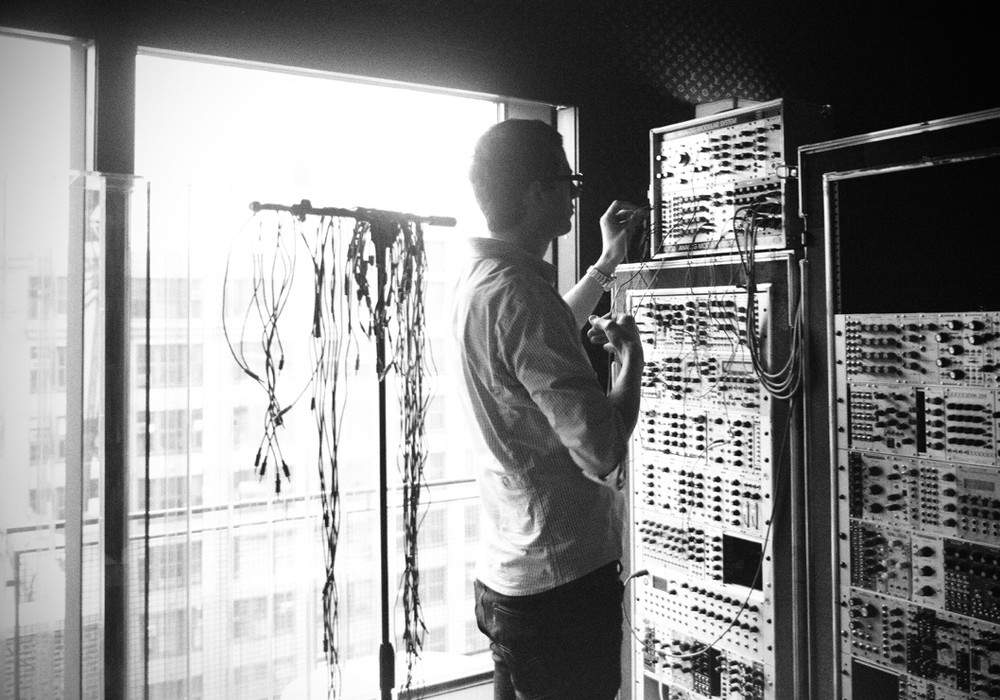I first became aware of this Andy Hong fella after hearing the latest Karate record "The Bed Is In the Ocean." Besides having great songs and equally great performances, the recording is just beautiful. He's also put out a compilation called In My Living Room (reviewed in Tape Op awhile back) featuring hi-fi recordings of different artists in the said living room. He recently recorded the Wicked Farleys, the band solely responsible for renewing my faith in ROCK. So I figured I would track him down and get the info. We met over beers and hummus at indie-rock ground zero, The Middle East, in Cambridge, MA.
How'd you get started in recording?
I think I did what every kid did in the '70s, which was I went to Radio Shack and bought a cheesy mixer. Of course, Radio Shack has the 30-day return policy, so a month later, I returned it and got the next model up. I did that for three months in a row before the guys finally figured out that I wasn't gonna buy anything. That's how I got into recording. I got into music before that because I had played piano for many years as well as clarinet and saxophone. I listened to a lot of records and thought it'd be great to make my own records. So, once I realized that the Radio Shack recorder was a piece of crap, I saved up enough money and bought a 4 track, a spring reverb, a microphone, and that was that- -it was all downhill from there. After that, all the money I had I spent on recording gear.
Did you go to school for recording or anything?
I actually have a degree in computer music, but when I was doing that, I had enough experience recording music that I got to go on the road as a recording engineer with some really famous people like Yo-Yo Ma...
This was when you were in school?
Yup. And then on tour I got to do sound for the London Sinfonietta, LA Philharmonic, Boston Symphony Orchestra, San Francisco New Music Players, the Ensemble Moderne--a lot of major players. It was a big change of pace from all the rock that I'd been doing up to that point, and I got to hang out with all these classical engineers and musicians. I learned a lot because the techniques they were using were nothing like the techniques I was used to using for rock.
Can you give an example of something you learned that you could apply to recording rock stuff?
Lots of omni mics.
For the room?
Not necessarily. You do pick up a lot more of the room, but you also don't get proximity effect, so you can take an omni and stick it right up into the bridge of a violin, and you won't get this boomy sound. I just did a recording with Robert Fisher and the Willard Grant Conspiracy, and I put an omni about 8 to 12 inches from the bridge of David Michael Curry's viola, and it sounded great, it sounded like a viola. I picked up a lot of my kitchen also.
We'll get to your kitchen in a second, but the main thing I wanted to talk about is the Karate record. First of all, it sounds amazing.
Glad you like it.
In the interview you did with The Boston Phoenix, you mentioned some drum mic'ing techniques--care to elaborate, or are they top secret?
Well first of all, we did it at Salad Days, which unfortunately doesn't exist any more. The room there used to be a machine shop or something, so it had a tile floor, and the ceiling was really low in one area, and like a cathedral-style in another. We put the drums in the area with the low ceiling and got lots and lots of reverb from the area further away with the higher ceiling. It just sounded so good in the room, I thought, "What I need to do is use omnis--I don't want any proximity effect, I want everything to sound exactly like what I hear in this room". I have a bunch of Earthworks omnis and I set those up. I do this weird thing on snare drums, I don't mic the top or bottom, what I do is put an omni about a half inch from the body. I try to get it as close to the shell as possible, so I pick up more snare and less of everything else. So, depending on what kind of sound I want, I move it up and down. Further down, I get more of a crunchy, snarey sound, and if I move it up I get more of the punch.
...